Historical wars have inspired an innumerable amount of movies over the past century, and no topic has been used as frequently as World War 2.
From “Saving Private Ryan” to “Dunkirk” and “Fury,” war movies hold a special place in the hearts of film fans around the world. However, several historical inaccuracies were apparent in the latter’s case, denting the film’s credibility.
Fury (2014)
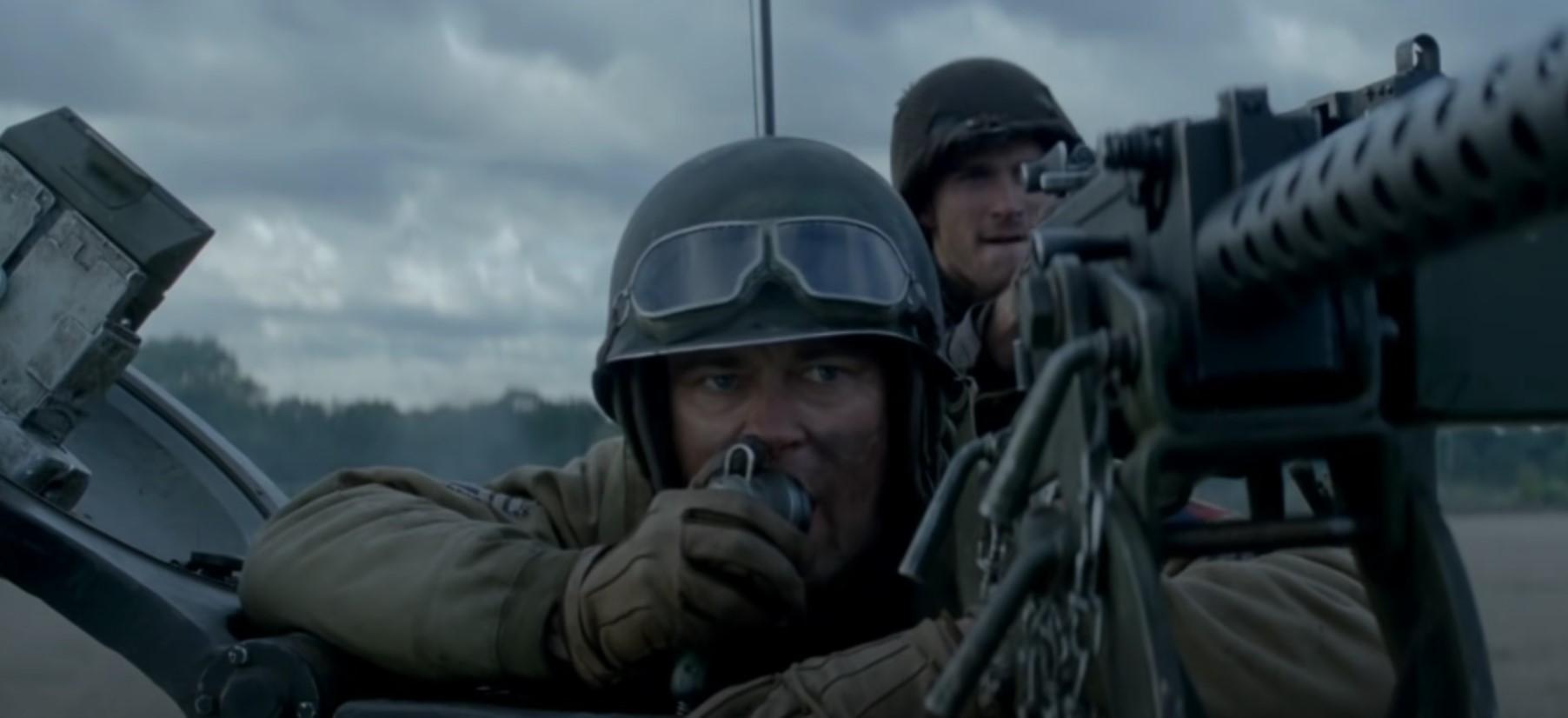
The movie “Fury” arrived on movie screens in 2014 under the guidance of revered director David Ayer, who also wrote the film.
It boasted a cast of respected actors, including Brad Pitt, Logan Lerman, Shia LaBeouf, and Jon Bernthal.
Machine-Gunner Norman
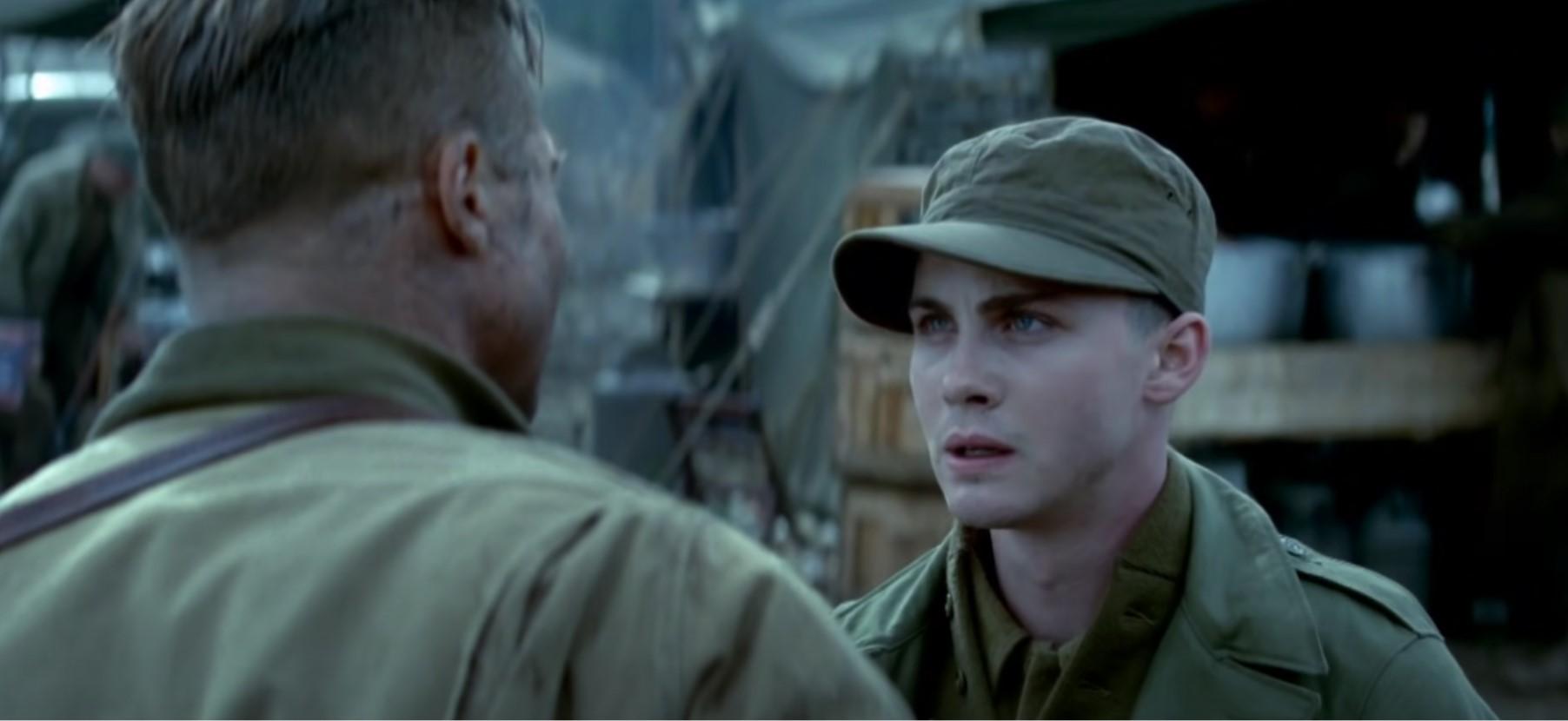
The movie’s premise follows the life of Norman, an inexperienced soldier drafted to serve as a machine-gunner on a tank known as Fury during World War II.
Norman is subject to a tough first few days as he’s tasked with scrubbing the remains of his predecessor from the inside of the tank. He’s harassed by his crew, witnesses gut-wrenching deaths, and is forced to shoot a prisoner as he tries to assimilate into life in the war.
Is “Fury” Based on a True Story?
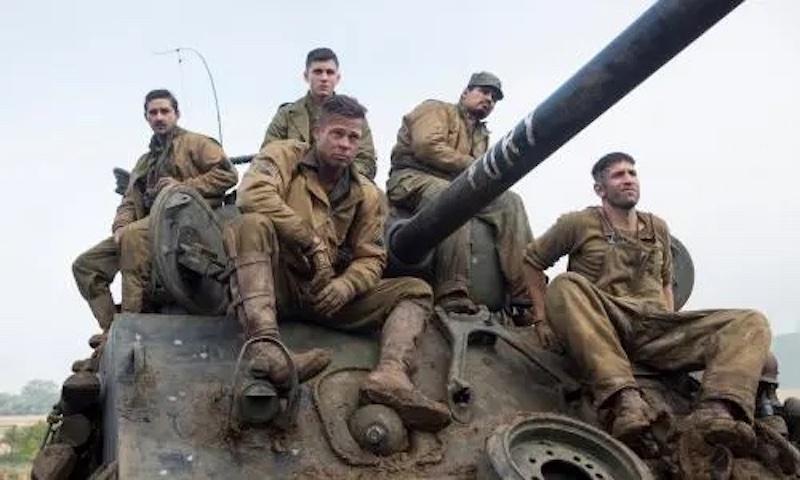
While “Fury” is not based on a specific event during WWII, the film was inspired by the real-life experiences of tank crews during the war.
Ayer also stated that he was influenced by reading books like Belton Y. Cooper’s 1998 memoir “Death Traps: The Survival of an American Armored Division in World War II,” (via Forbes).
The Real-Life Inspiration for Brad Pitt’s Character
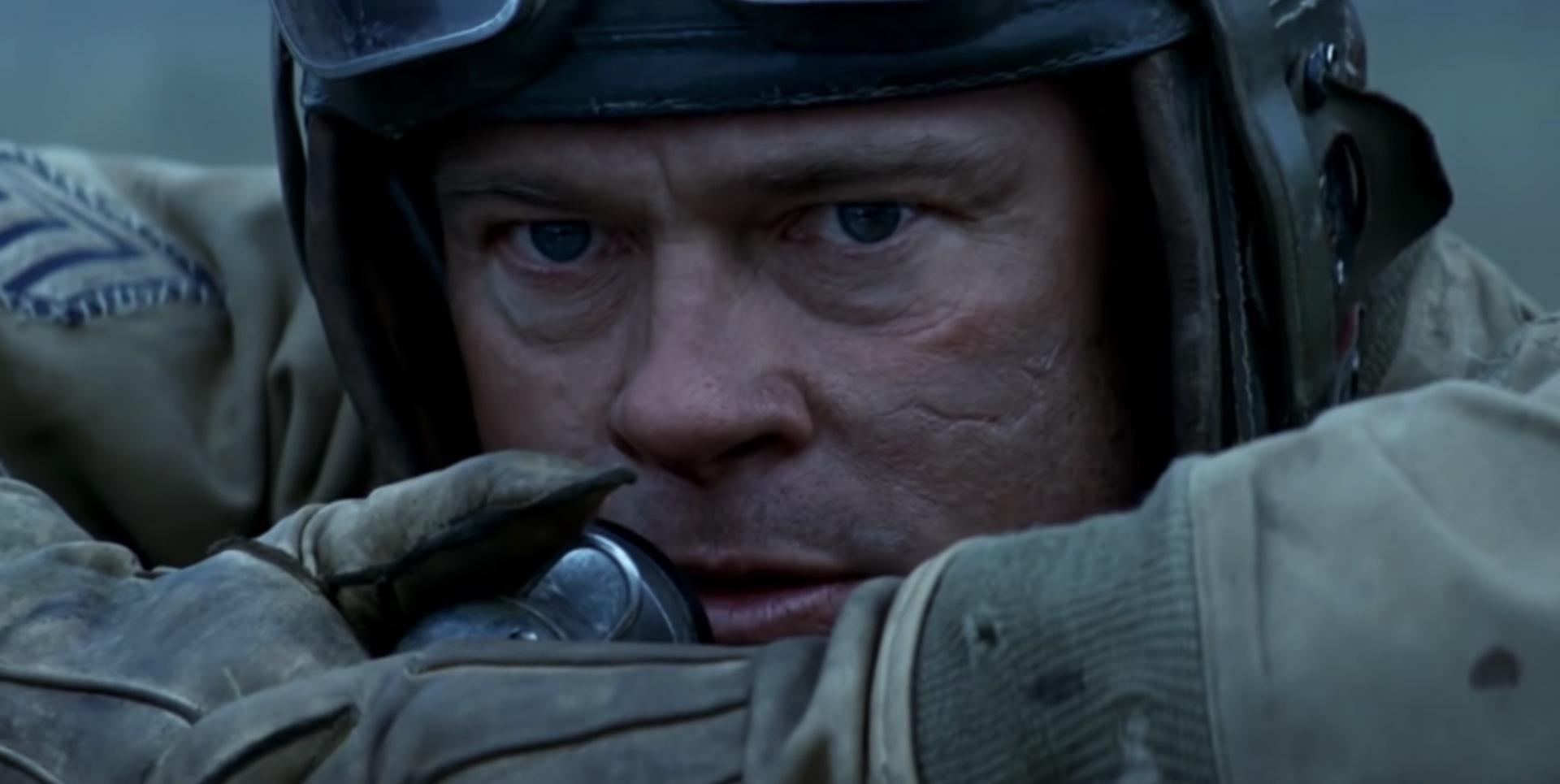
Pitt’s tank commander character, US Army Staff Sergeant Don “Wardaddy” Collier, in “Fury” is based on a real-life American tank commander named Staff Sergeant Lafayette G. Pool who was given the wartime nickname of “War Daddy.”
Pool landed in Europe just after D-Day and helped to destroy 258 enemy vehicles before his tank was knocked out of commission in late 1944 (via Journal of Military Ordnance).
“Fury” Replicates the Brutality of War
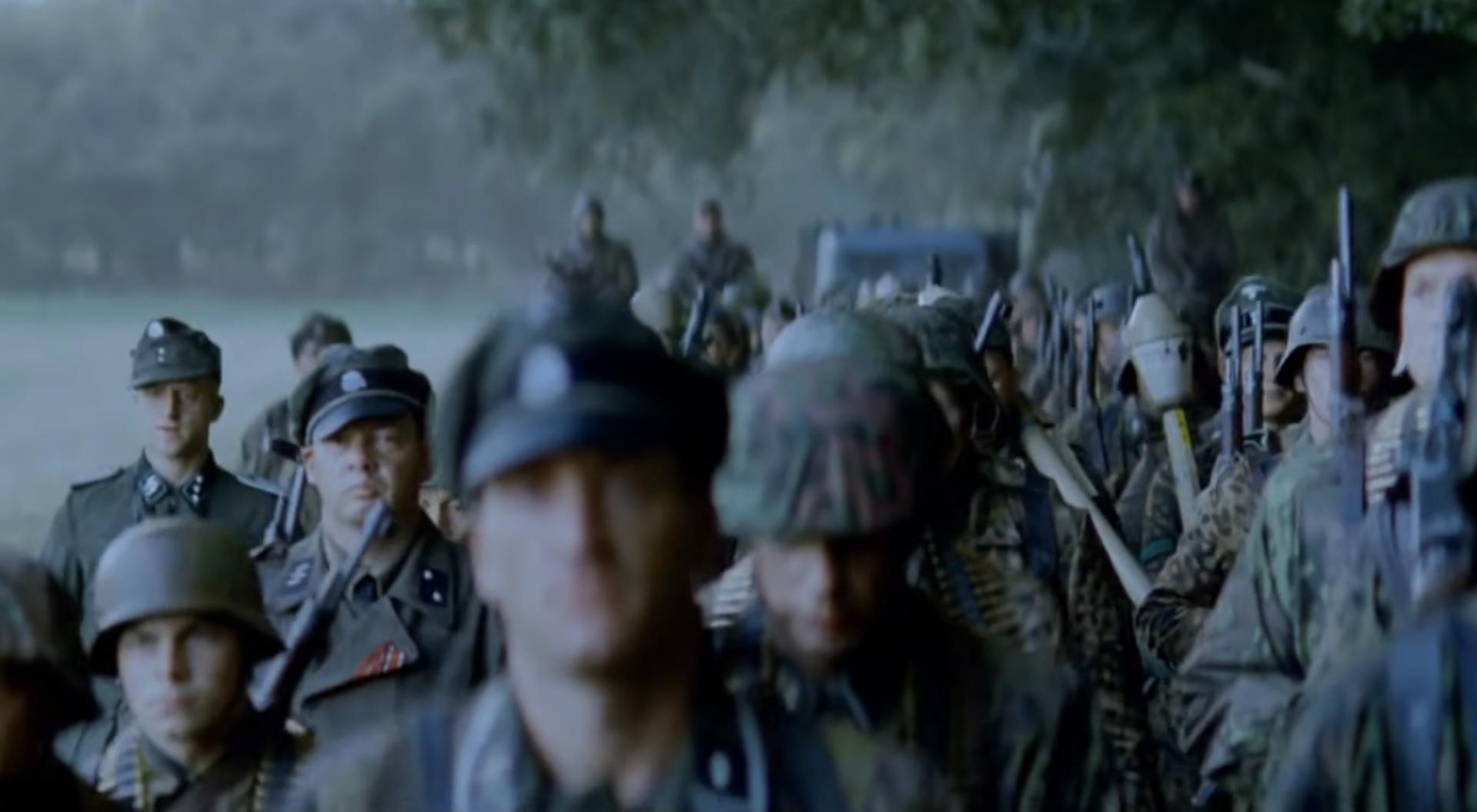
“Fury” showcases intense and gritty battle scenes contributing to the film’s realism. Using practical effects, realistic sound design, and well-choreographed action sequences also helped add to the film’s overall authenticity.
The film isn’t shy about glimpsing into the brutality of war, which is why the film was celebrated by critics and audiences.
Using Real Tanks from WWII
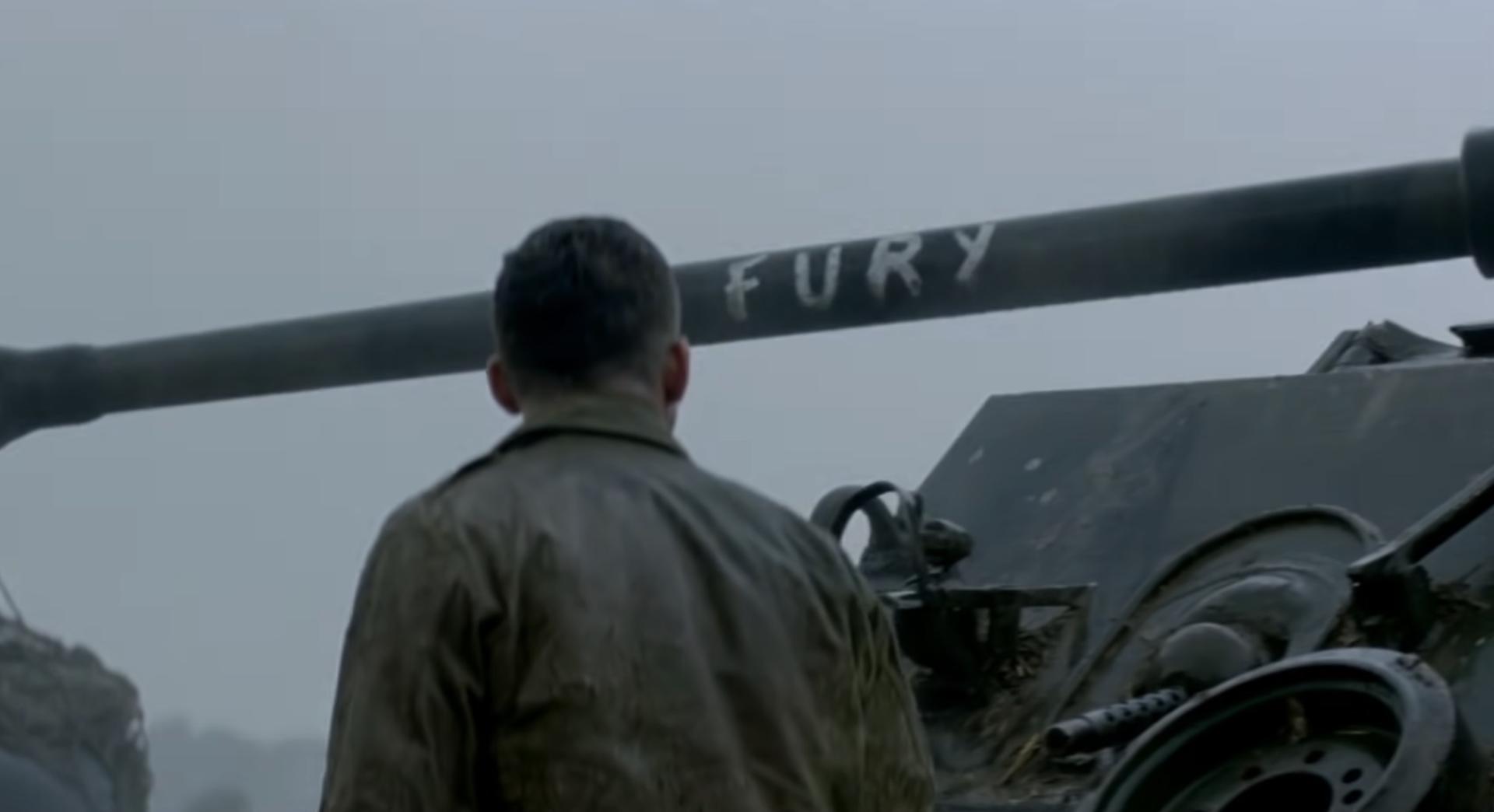
Another way “Fury” built on the realism of WWII was by using a real tank from the war. The Tiger tank used in the battle with Fury is an actual German Tiger tank that fought in WWII. The tank was captured by British forces in North Africa in 1943.
The original turret number is 131, which means that tank is for the 1st company, 3rd platoon, 1st tanks, or, in layman’s terms, it was the platoon leader’s vehicle.
The Actors Went to Bootcamp
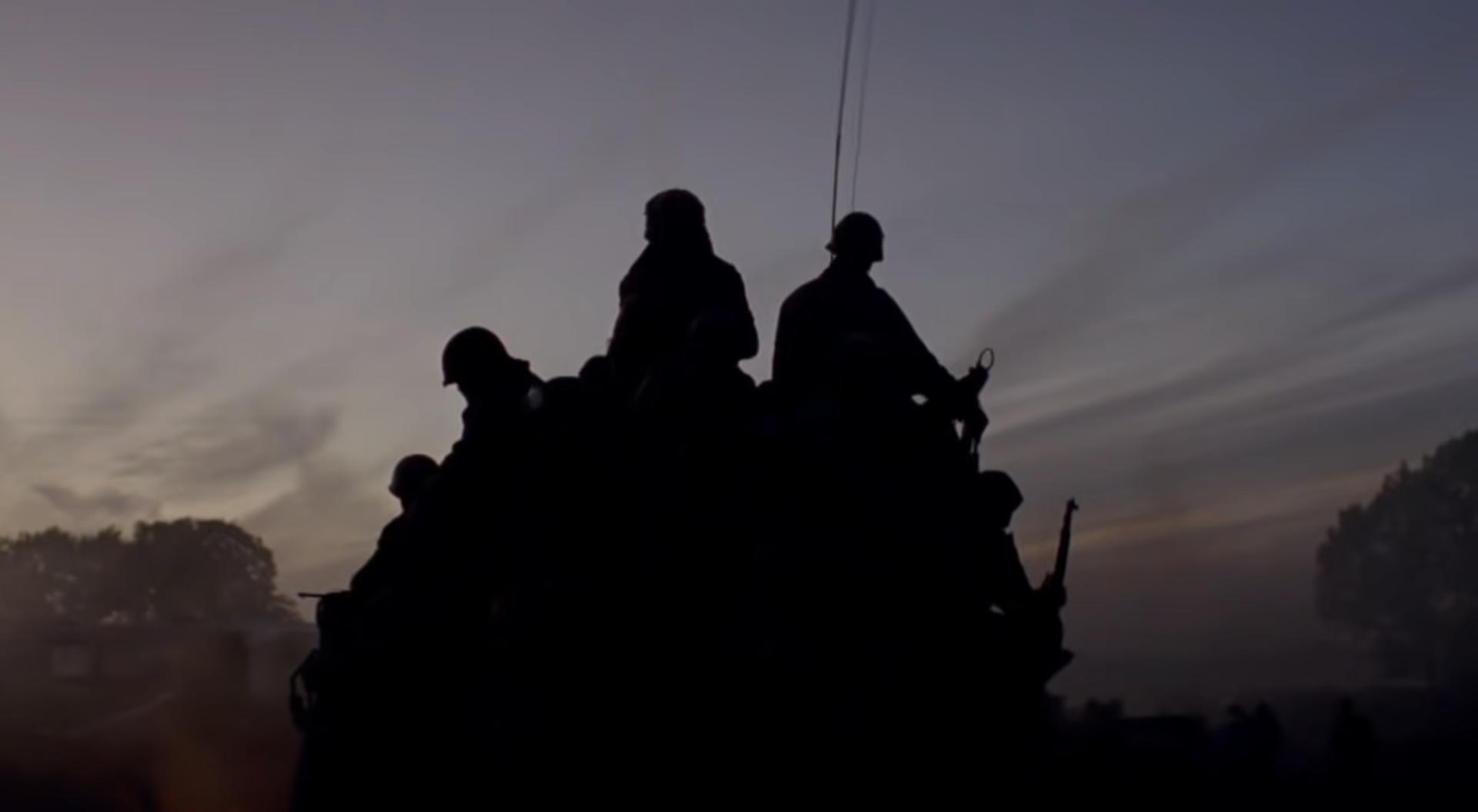
The cast of “Fury” underwent an intense “boot camp” to prepare for those roles as tank crew members in WWII.
The actors received specialized training in operating and navigating tanks, as well as learning military tactics and strategies that military members use.
The Actors Talked With Vet Tankers
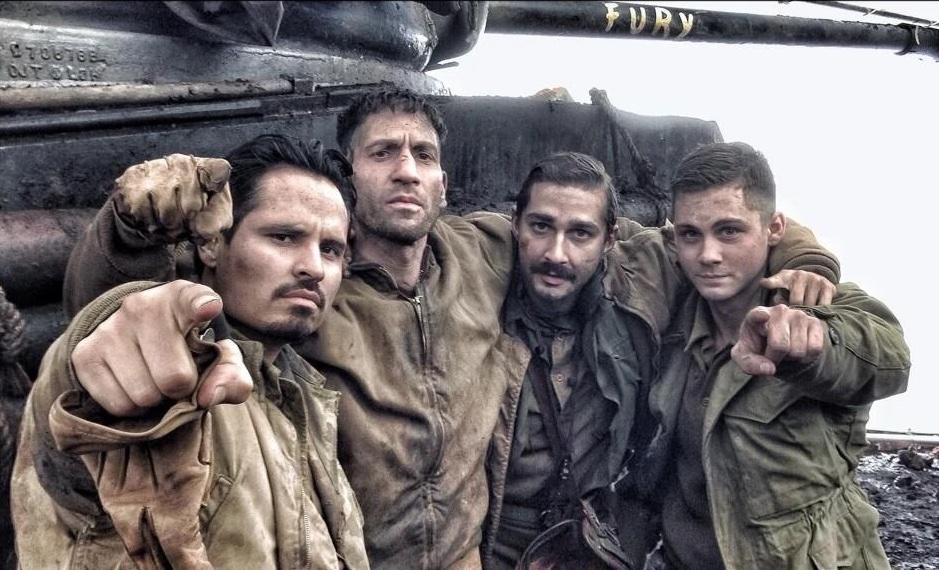
Brad Pitt told USA Today that the cast also met with real-life tankers from WWII to learn about what the experience was like for them. The veterans talk about the hardships of war, sharing the brutality of life as a tanker.
The vets revealed that there is a constant lack of sleep, exhaustion, and wear and tear on their psyches.
Historical Inaccuracies Throughout Fury

Despite the movie being well received when it was first released, it had several inaccuracies that historians and movie buffs quickly called out.
While some were intentional, others slipped through the minds of creators. Here are several inaccuracies from the film, “Fury.”
First Scene Brings the First Mistake
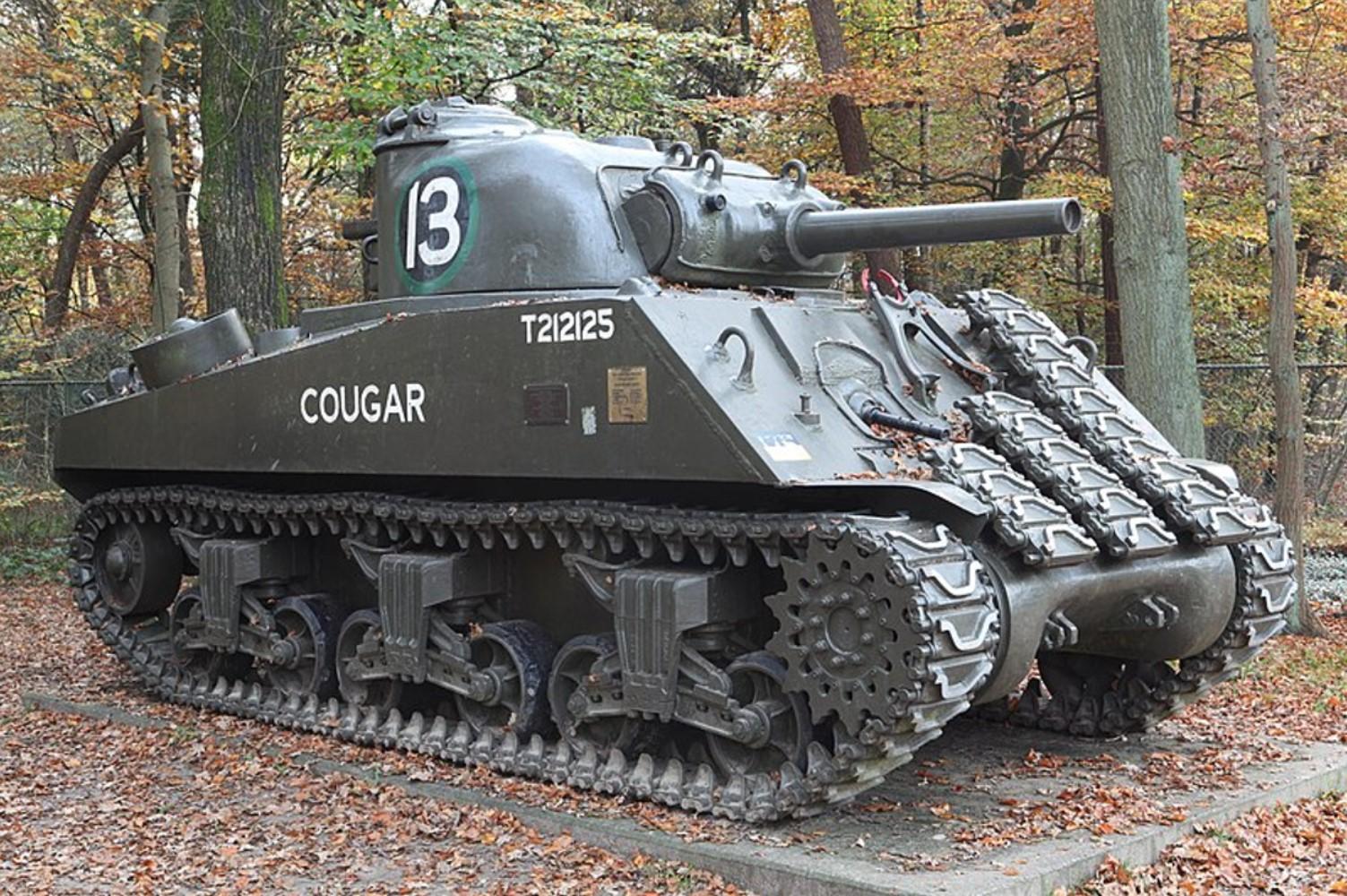
The first inaccuracy comes a few minutes into the movie, shortly after we’re given a glimpse of “Fury.”
The tank in the movie was an M4A2E8 Sherman (via Tank Museum). In actuality, the tank in the film should have been a M4A3E8.
Flaws with German Tactics
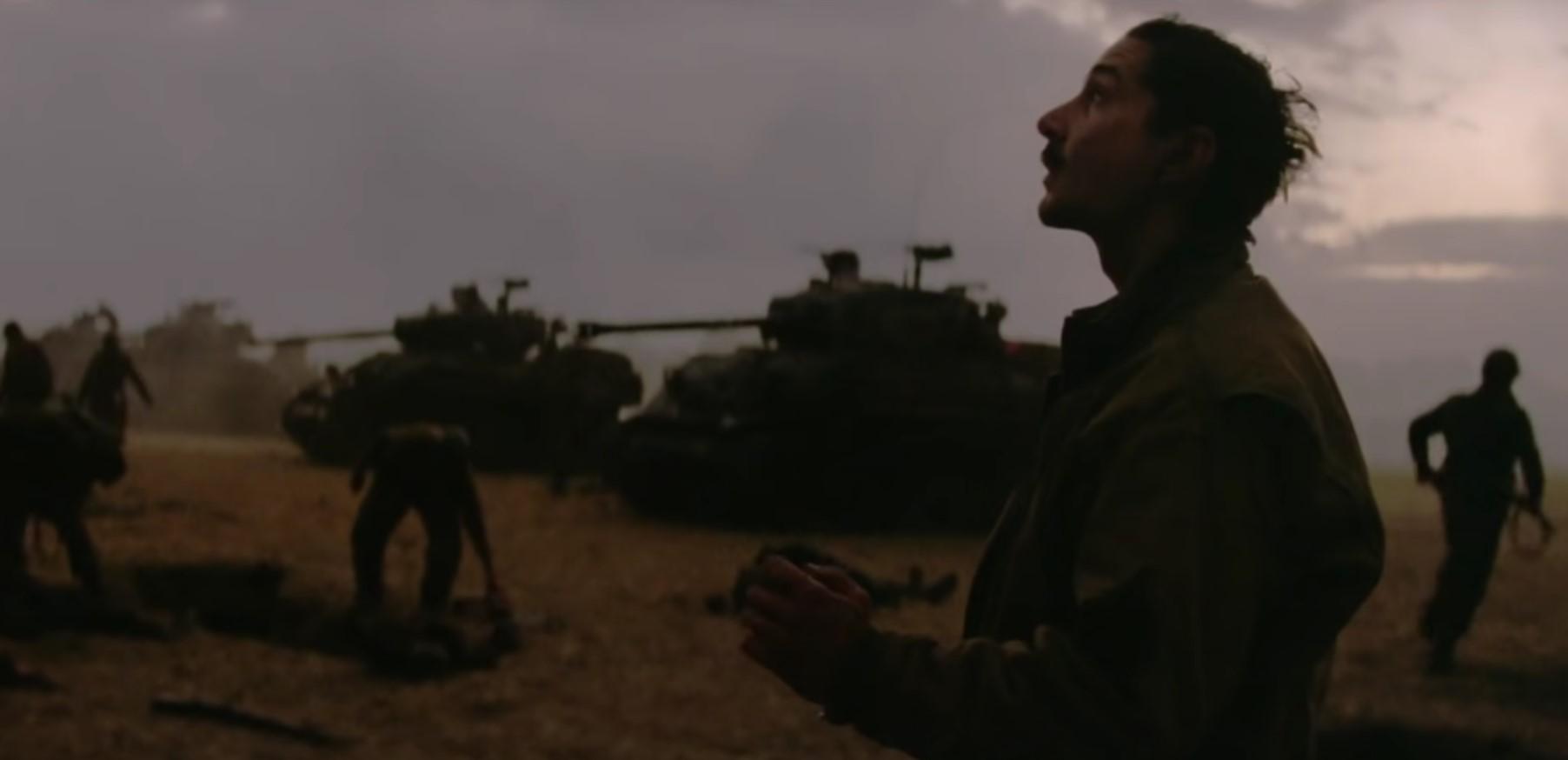
One scene of the movie sees Brad Pitt and Fury leading a three-tank convoy. The Germans soon ambush them, yet only the rear tank is attacked.
However, this is inaccurate, as it goes against typical German tactics, which saw them simultaneously attack the front and the rear (via Grunge).
More Inaccuracies in Ambush Scene
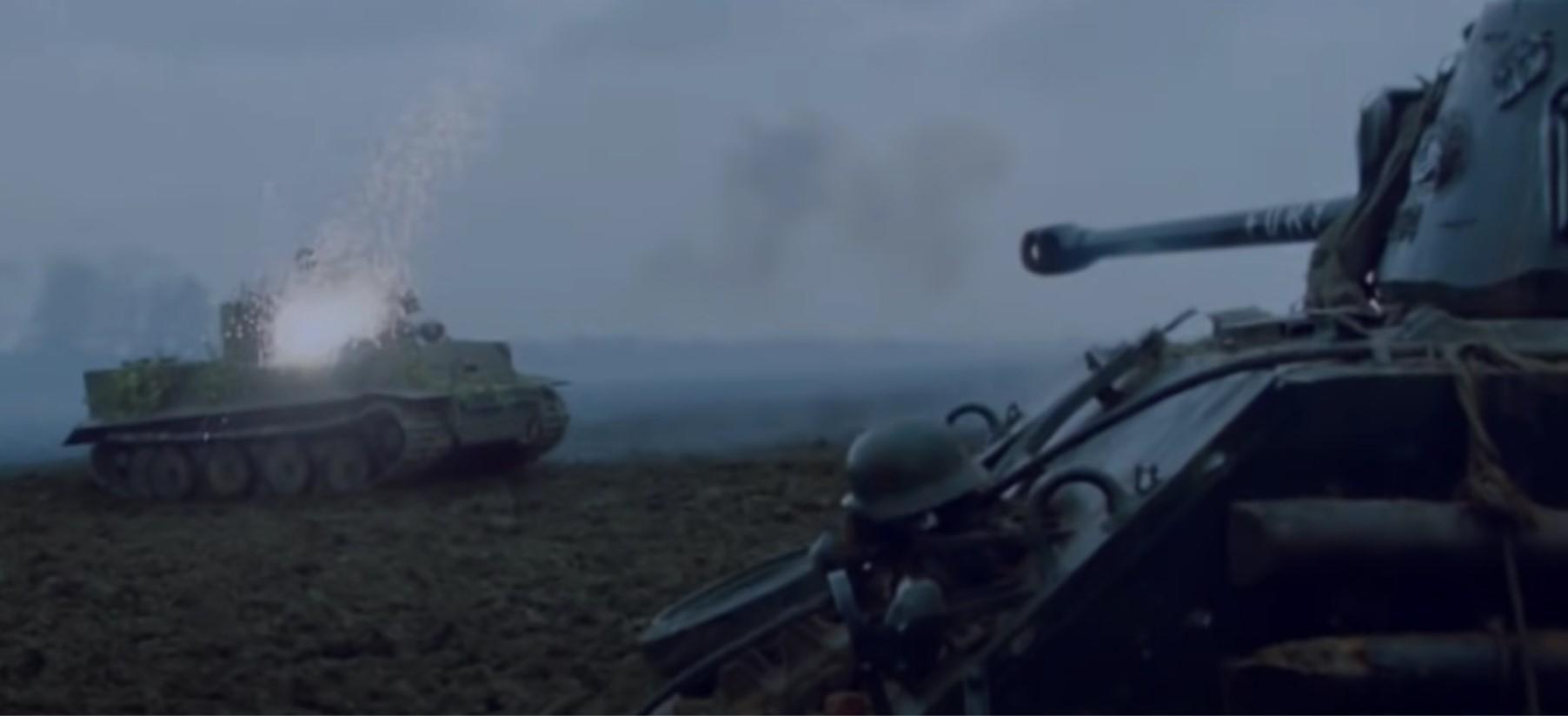
Further inaccuracies from the ambush scene show the three Sherman tanks pushing toward the German Tiger despite having two guns that could destroy the enemy tank from a distance (per The Guardian).
Also, as the German tank begins moving forward, it fires off a shell. Yet, it’s known the Tiger I didn’t have a stabilizer, making this inaccurate.
“Fury” Kept the Body Count Low

While “Fury” doesn’t shy away from the horrors of war, tanker vet Bill Betts told The Guardian that the final scene felt like it lacked credibility.
“I thought the film showed accurately how tough life could be in a tank, but the final scene where the crew hold out against a battalion of Waffen SS troops was too far-fetched,” Betts said.
The Tank Would Have Ran Out of Fuel
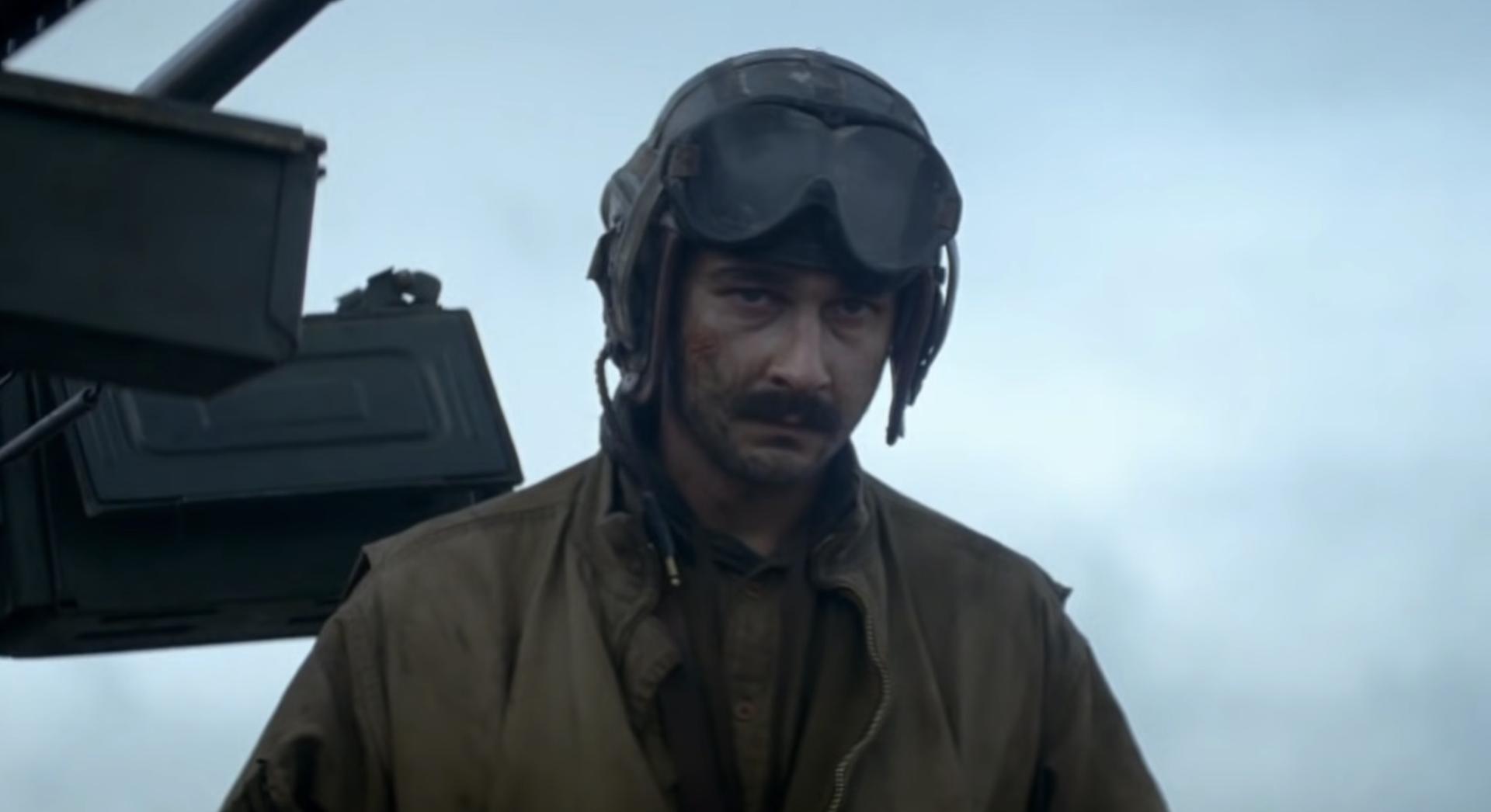
Betts continued: “The Germans seemed to be used as cannon fodder. In reality, they would have been battle-hardened and fanatical troops who would have easily taken out an immobile Sherman tank using Panzerfausts (an anti-tank bazooka).”
Betts also noted that they seemed to have an endless supply of ammunition and fuel. “A Sherman tank only does five miles to the gallon so I think they would have run out long before the final showdown,” Betts notes.
The Battle Between the Titular Tank and the German Tiger
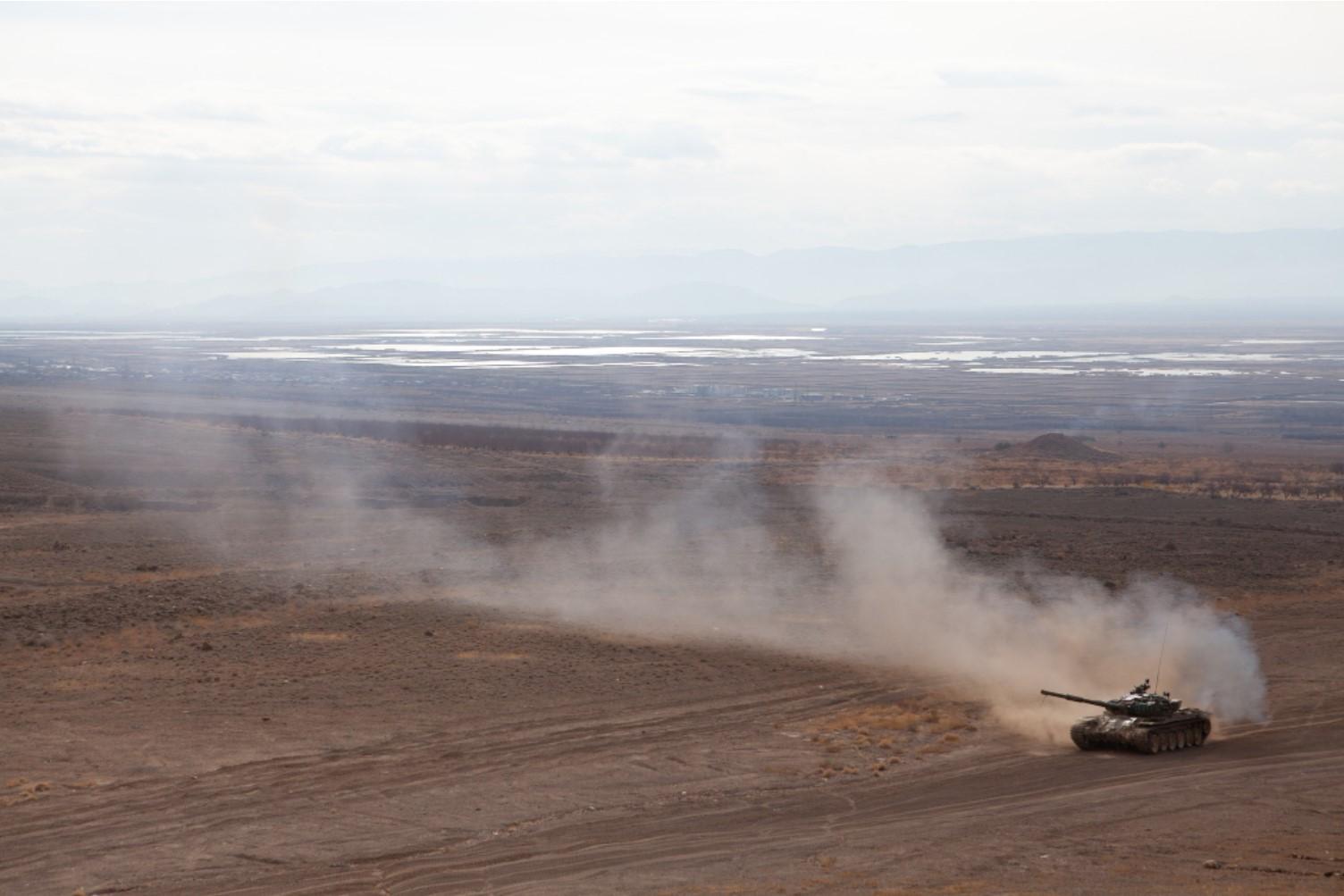
The scene received considerable criticism as the American Sherman tank eventually destroyed the German Tiger I.
Speaking with The Guardian, Bill Betts, who served during World War II, argued that such a battle wouldn’t have occurred.
German Tanks at the End of the War

The German tanks, which roamed across the battlefield at the war’s end, enjoyed a sizable advantage in firepower and armor compared to the Sherman tanks.
In reality, it typically took several Sherman tanks grouped together to destroy one of the tough German Tigers.
The Film’s Director Deliberately Made This Error
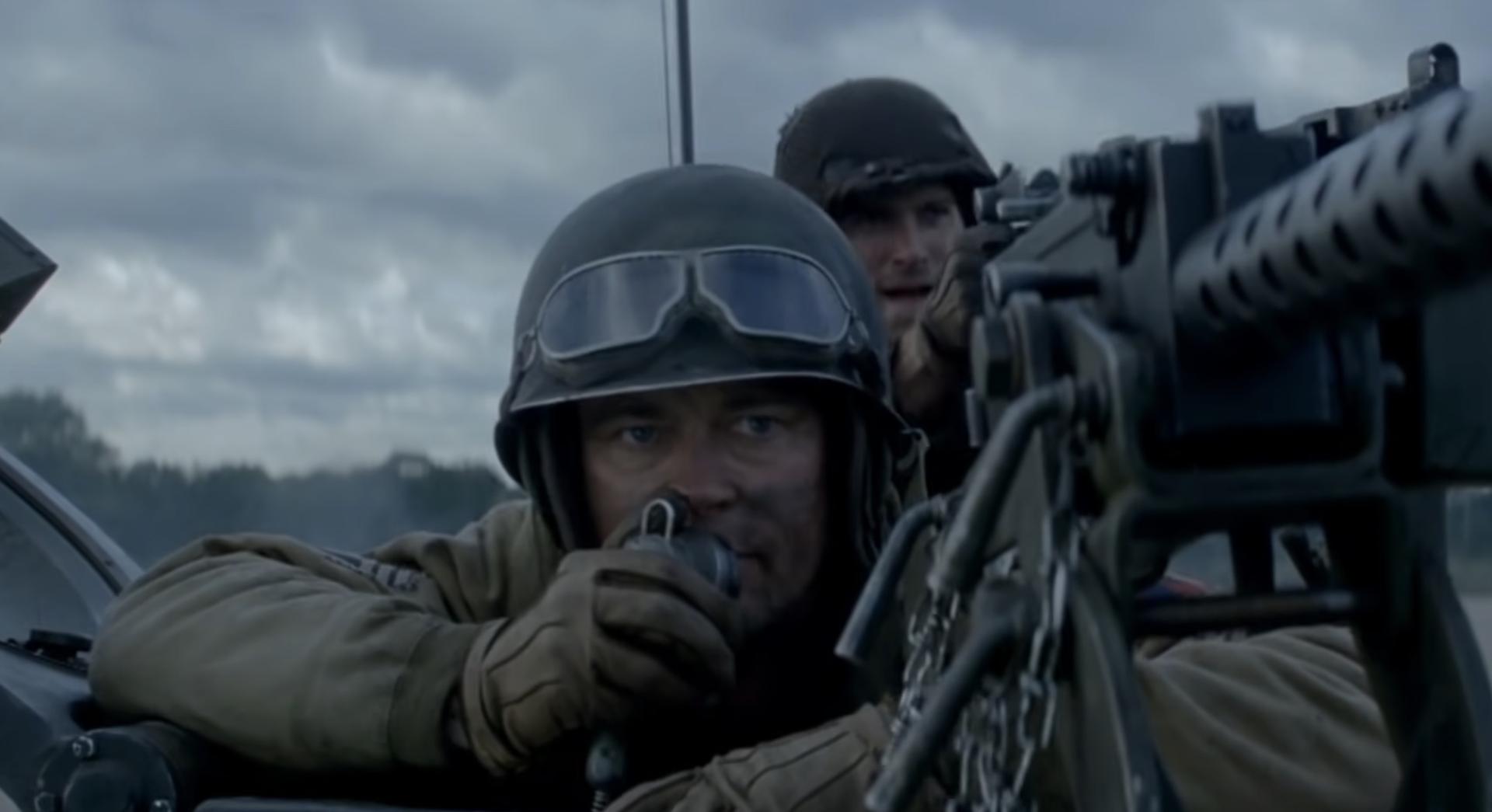
“Fury” director acknowledges the error of having the German Tiger tank blast the last Sherman in the column.
Ayer said if the doctrine was followed in the film, then the hero’s tank would have been destroyed first and then the film would have ended there.
Altering Explosions and Bullets
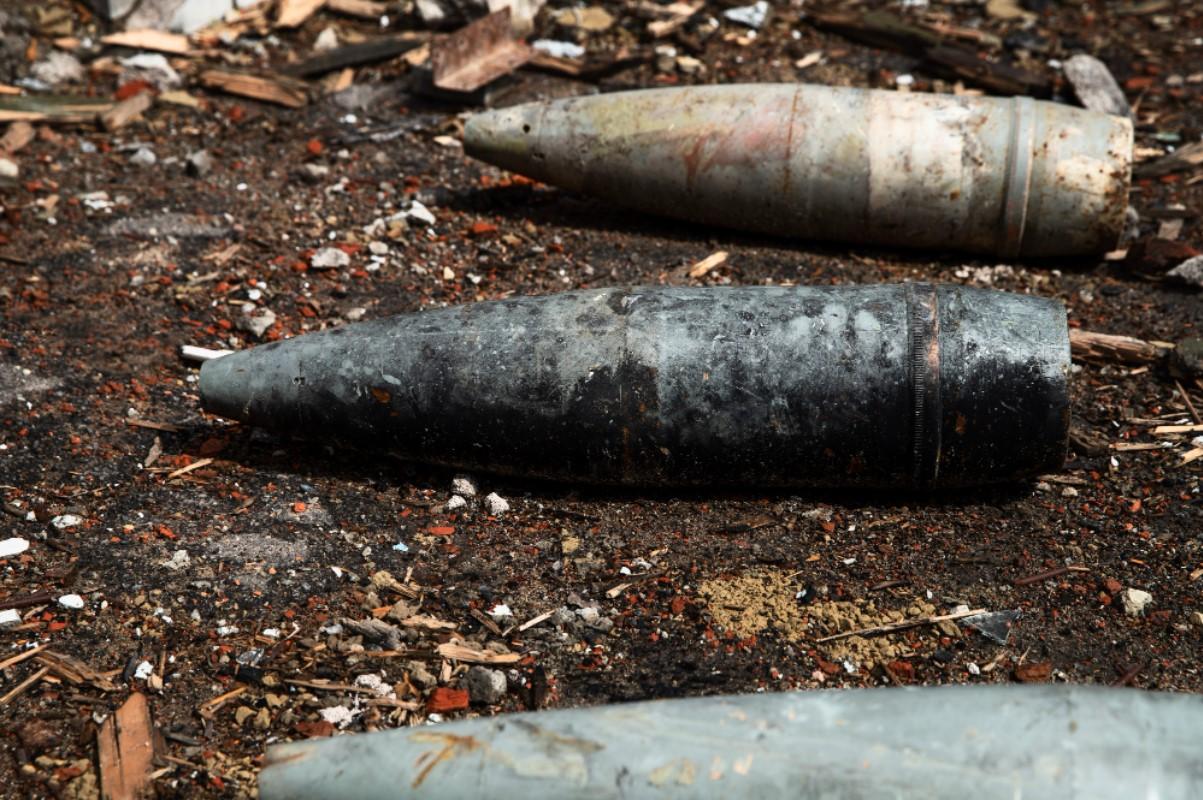
Throughout the film, artillery shells, machine guns, and bullet tracers appear much different than they would in real life. While inaccurate, there is a reason behind it.
It helped the movie watchers clearly see which side was attacking. Observing a projectile as it hits the target could be difficult during a large battle. So the movie altered the physics to ensure viewers got a better experience.
The Tank Driver Couldn’t See Those Targets at Four O’Clock

During the final battle, Gordo, played by Michael Peña, looks through his periscope and calls out, “Panzerfaust, four o’clock!”
According to Movie Mistakes, Gorodo would have not been able to see any targets at four o’clock because the driver’s periscope could barely rotate towards the eleven and one o’clock positions.
Fury Takes on an SS Battalion

Right at the movie’s end, the team inside the Fury tank takes on an entire regiment of SS soldiers.
During the scene, a German soldier opens the hatch atop Fury and is met with bullets. Yet, in reality, the SS soldier would have thrown a grenade into the hatch to ensure all Americans were neutralized before peeking inside.
An Amateur Portrayal of Battle
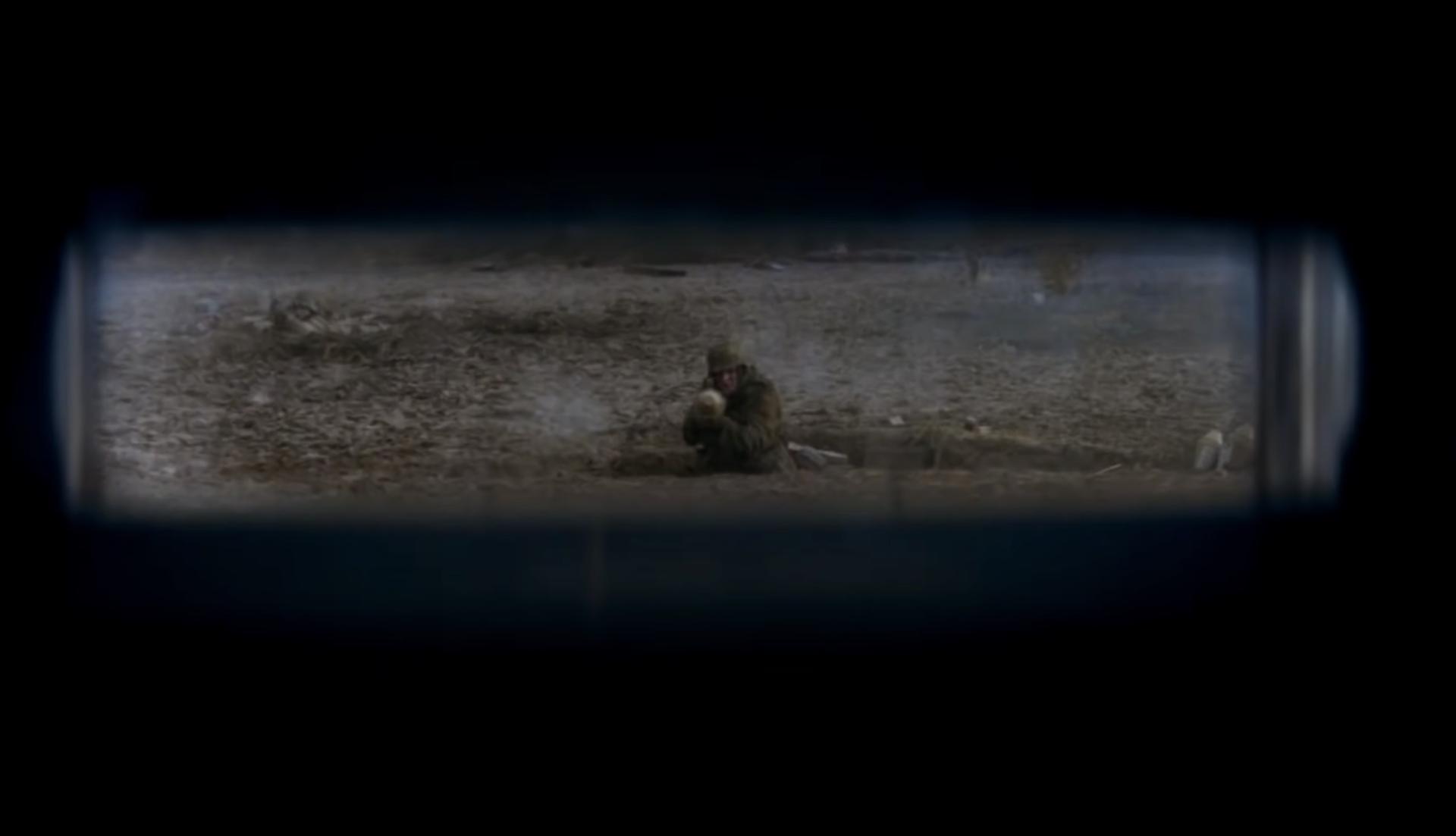
Despite the cast going to boot camp for the film, the movie lacks any infantry tactics from both sides of the war.
This is an amateur depiction of infantry combat as no troops in any army would have fought standing fully upright during a battle.
The Model 24 “Potato Masher” Work a Little Differently
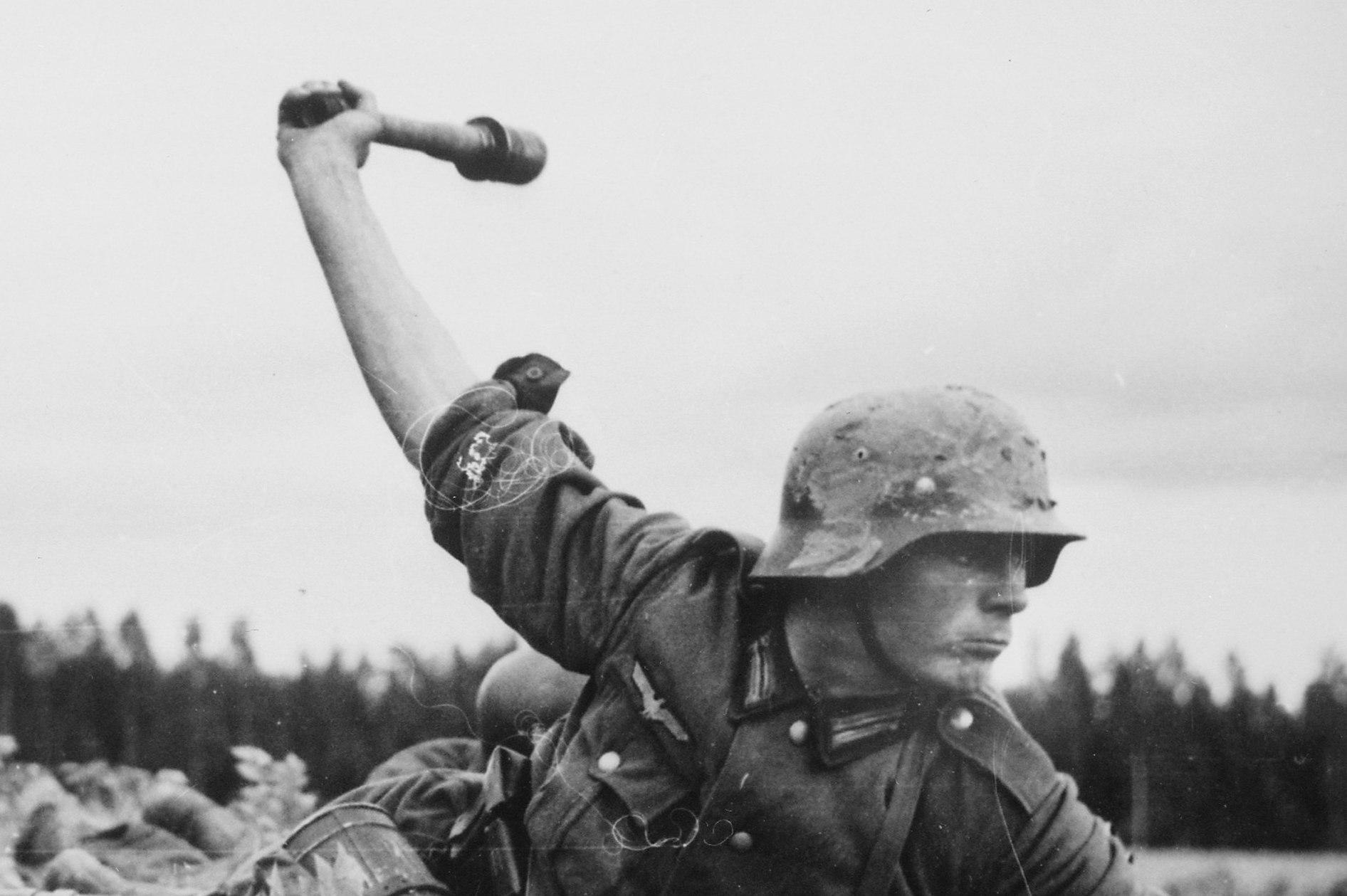
In one of the final battles, a Model 24 “potato masher” is thrown inside the tank. However, the device would have not been a blast effect grenade unlike the ones used from 1942. Plus, the devastation inside the tank would have been much worse.
The TNT used in the “potato mashers” would have exploded at the same time, not in two separated booms as heard in the.
Grenades Forget to Blow
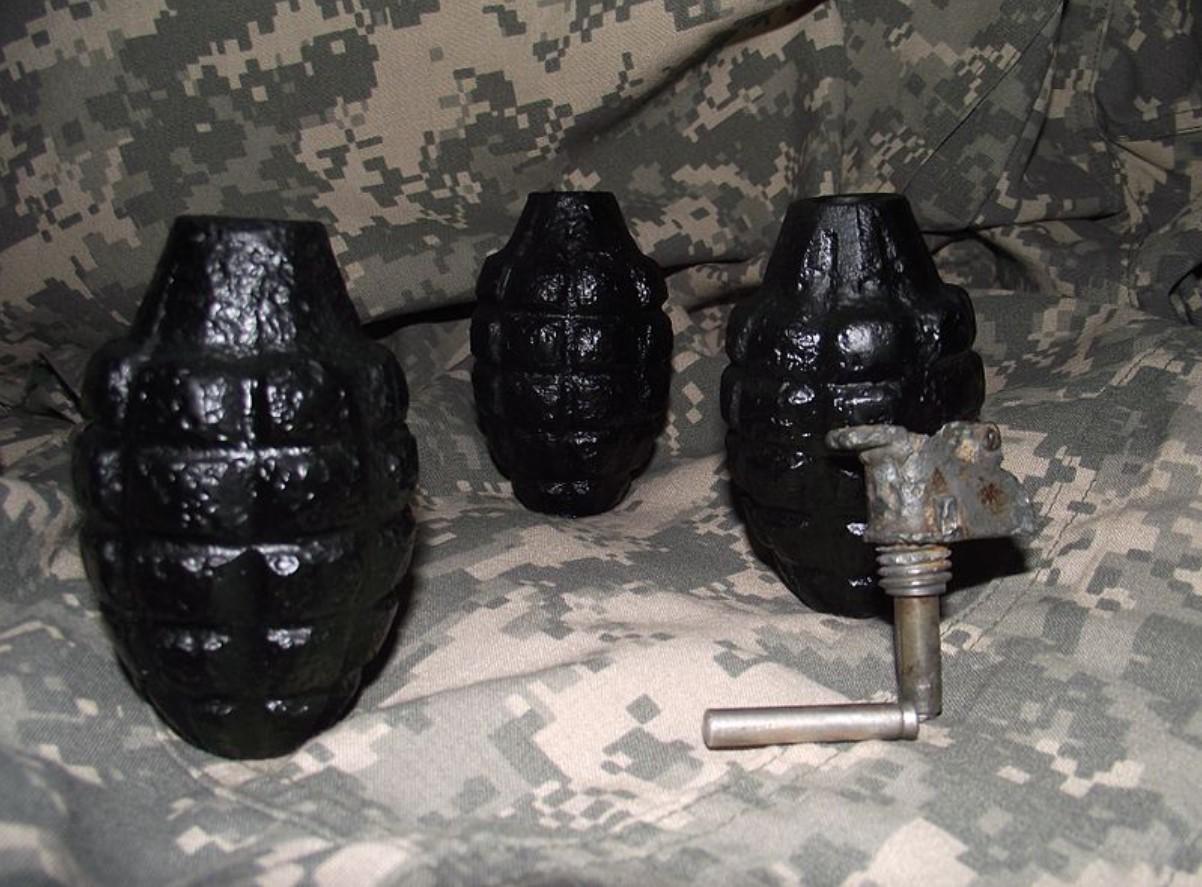
When Fury finally exhausted its ammo, the American soldier, Brad Pitt, all but accepted defeat. Finally, the Germans decided to throw in two grenades. Yet, they forget to explode until Norman escapes Fury through a door to the underside of the tank.
While “Fury” had several inaccuracies, it was still a relatively accurate depiction of World War II.

